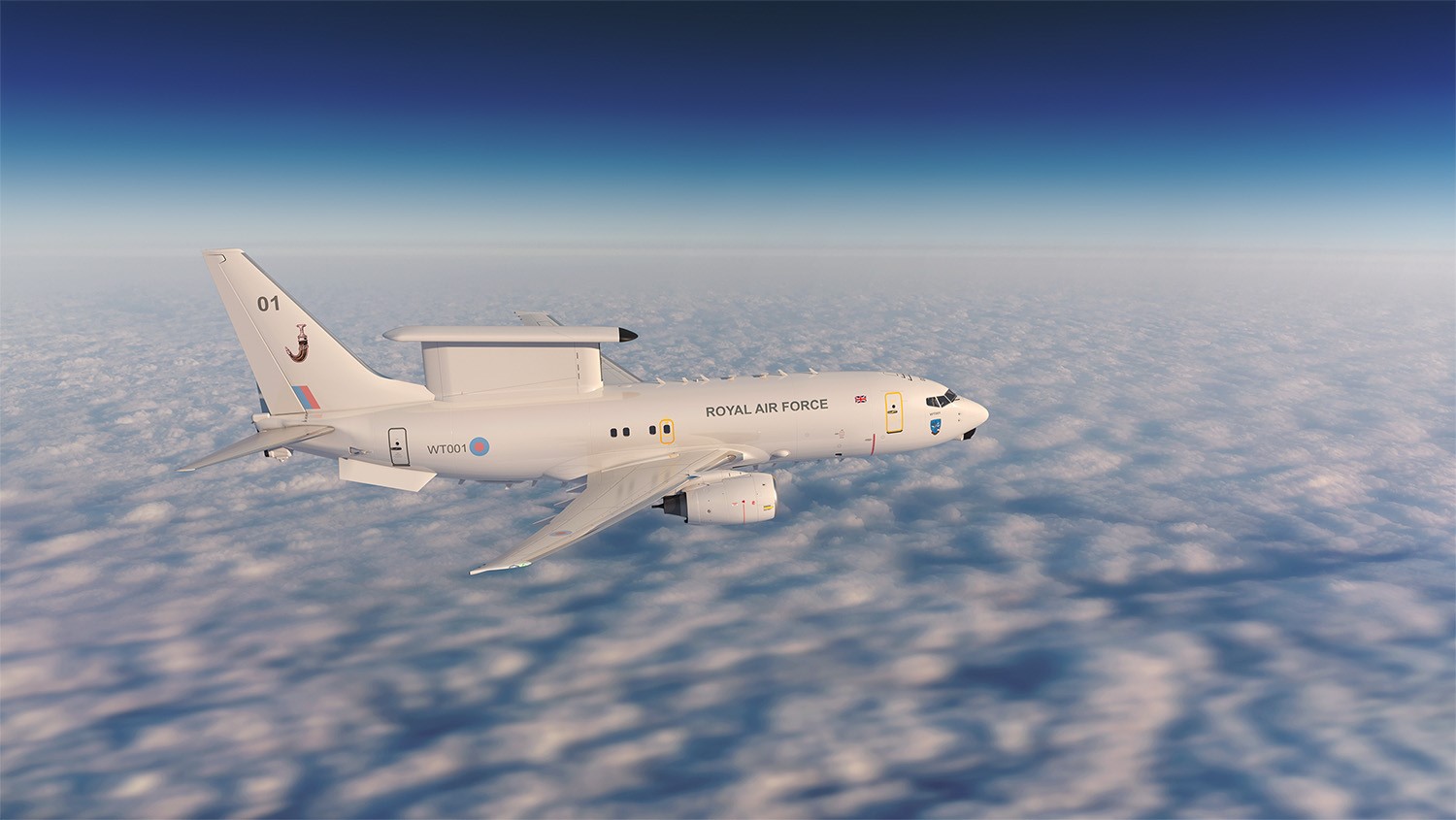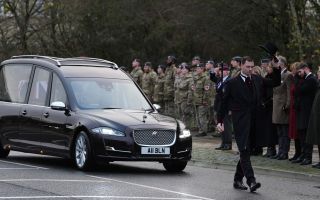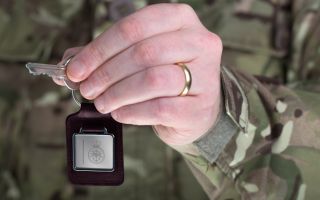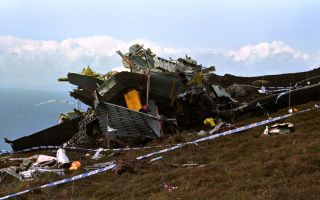Shapps to review decision to procure fewer numbers of Wedgetails for RAF
The Defence Secretary has said he will review the decision for the Royal Air Force to receive only three rather than the five E-7 Wedgetail surveillance aircraft the RAF had been expecting.
Grant Shapps said we can do "one hell of a lot better" in terms of the procurement system for the UK military.
Mr Shapps told the Defence Select Committee that delays to the programme meant the Wedgetail would see operational capability by 2025, despite previous RAF expectations that the aircraft would enter service in the early 2020s.
He told the Committee: "I'm going to definitely want to take a very close look at all of these issues, the E-7 Wedgetail included, but I don’t want it to be taken therefore that decision is ripped up [to purchase just three]. First thing to do is get these three in the air, they’re in Birmingham being fitted as I understand it.
"We want to get them up in the air and functional because it’s a capability that we haven’t got what we’re missing entirely right at this moment and having to rely on our partners to deliver."
In 2019, then-Defence Secretary Gavin Williamson signed a $1.98bn (£1.5bn) deal to purchase five E-7 aircraft.
The Wedgetail is being procured by the RAF to provide long-range air surveillance and is set to replace Sentry aircraft as the UK's Airborne Early Warning and Control capability.
The Wedgetail collects information to provide the crew with a real-time picture of both aircraft and ships across a specific area - with the crew members then providing direction to aircraft and commanders on the ground.
Nato, meanwhile, plans to purchase six Wedgetail aircraft, with the contract to be signed next year and the first jet expected to be operational by 2031.

The E-7, measuring 110ft and 4in in length, is based on a standard Boeing 737 aircraft.
However, the Wedgetail is modified for its military role and carries a Northrop Grumman Multi-Role Electronically Scanned Array (MESA) surveillance radar and a sophisticated mission computer system.
The radar is operationally ready minutes after take-off and it can cover four million square kilometres over a 10-hour period, meaning it can track multiple targets simultaneously.
Information gathered by E-7s would be used by the Armed Forces to provide situational awareness and direct other assets such as fighter jets or warships.









